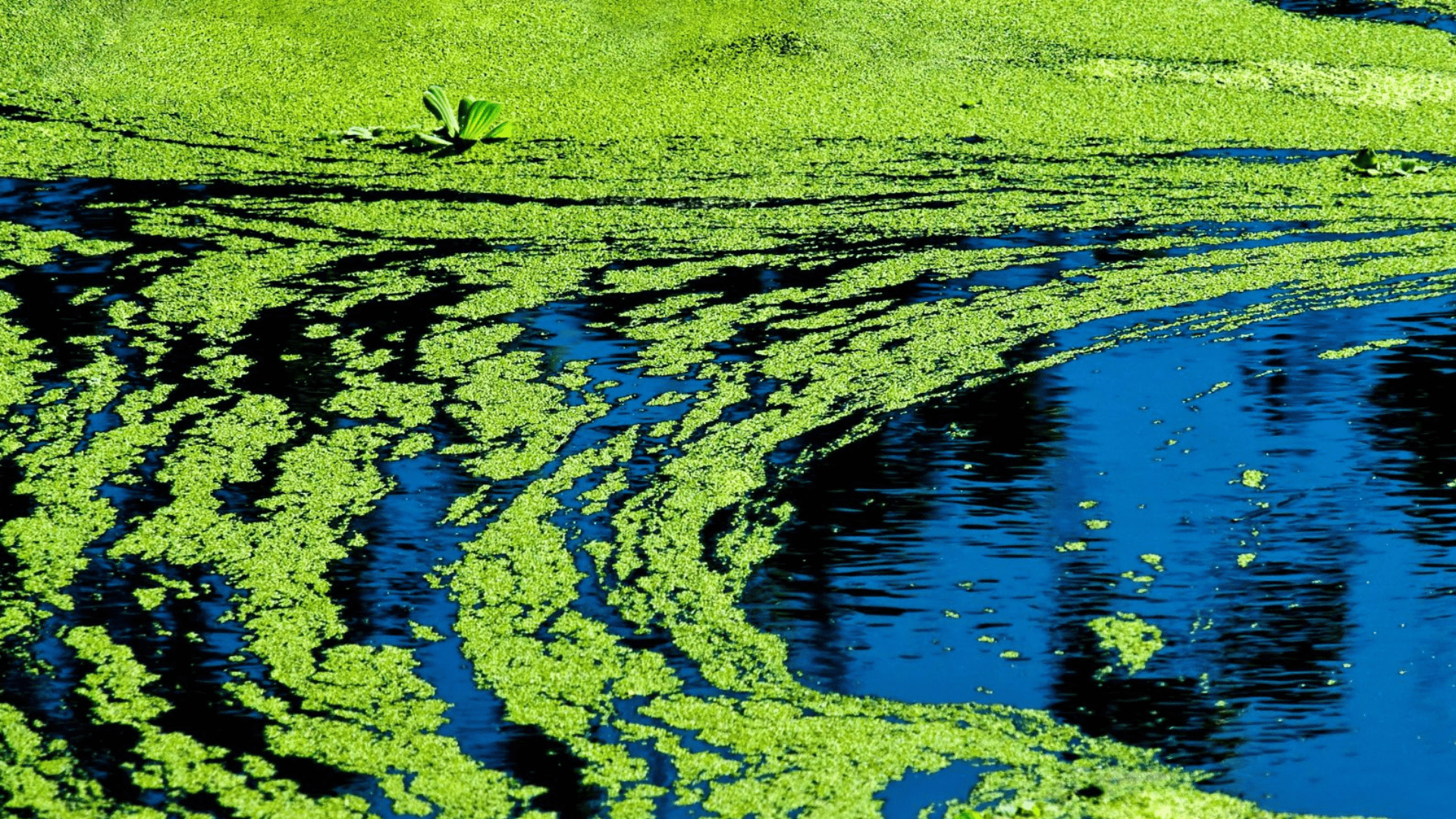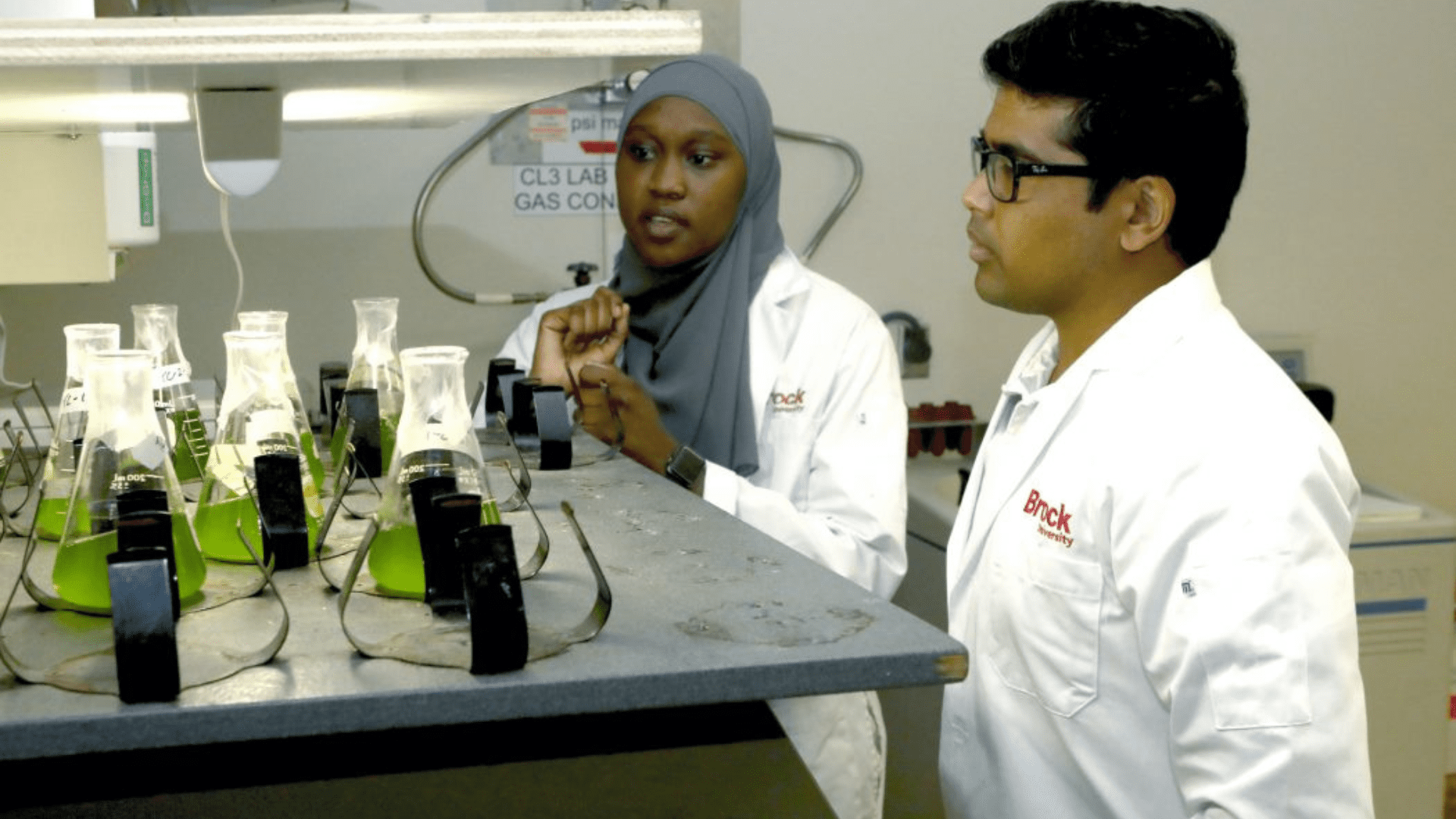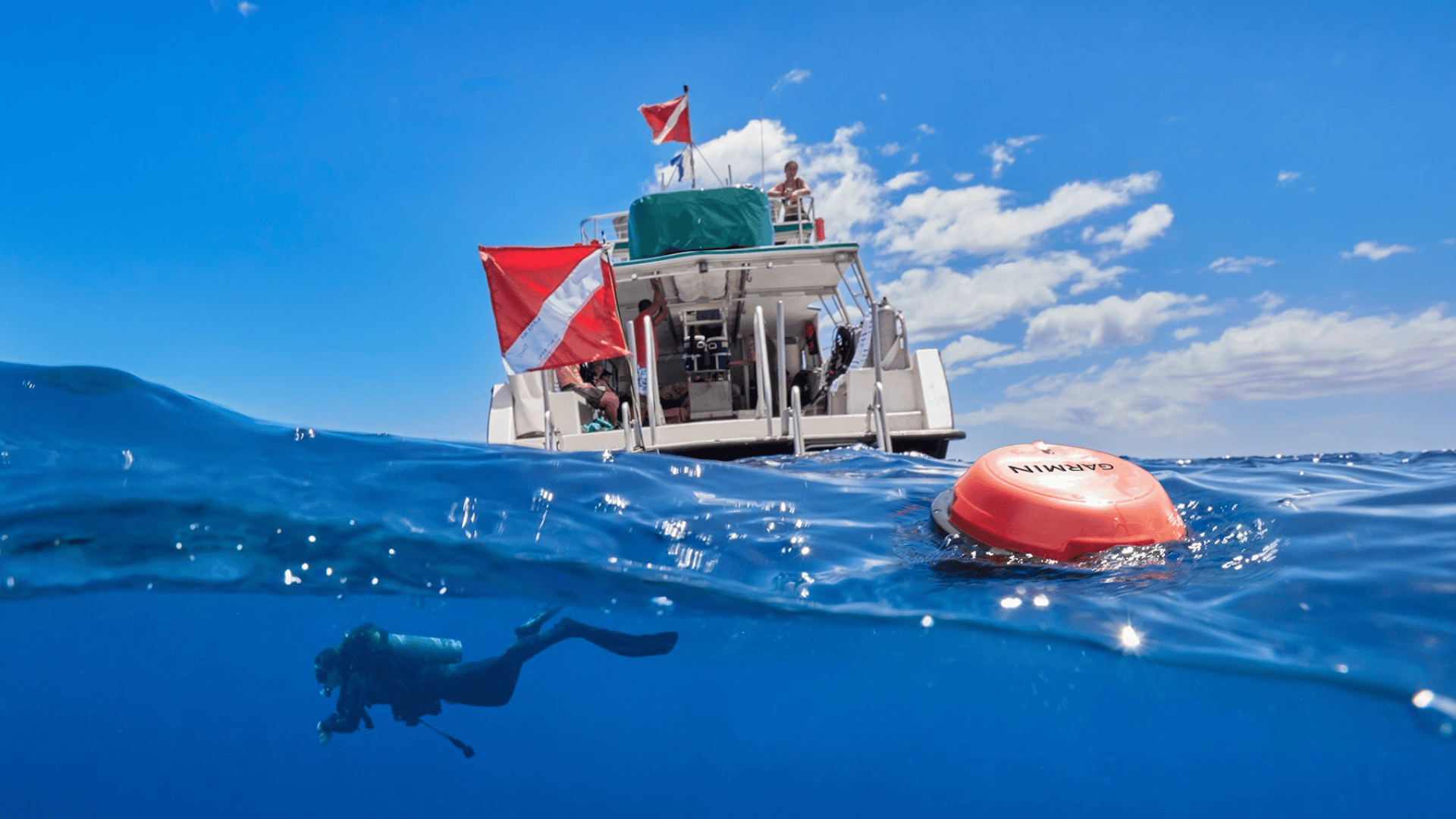Copper is a precious metal that comes from the ground. Extracting it from the Earth’s depths is a demanding process. However, a new mine could be located in the Great Lakes. Researchers believe the secret is in the lake’s algae.
Algae Blooms

The research from Brock University in St. Catherines, Ontario, Canada, will determine whether algae in Lake Erie contains the metal and, if so, how much. Another question that looms over the researchers is how easily they can extract it. “With advances in technology increasing the production of electronics, the demand for copper is quite high, and natural copper ore supplies are decreasing,” said Assistant Professor of Chemistry Vaughn Mangal. “We need to begin to look at different ways of harnessing copper.”
The Brock University researchers partnered with Destiny Copper, a copper extraction company based in Niagara, to carry out a proof-of-concept project. This will last a year.
Mangal says he is inspired by phytoremediation practices, the process of using plants to extract and remove or reduce pollution. He used that inspiration to come up with the idea of extracting the precious metal from algae.
“Algae require trace metals like copper, nickel, and zinc for their growth,” Mangal said. “Our idea is similar to phytoremediation, where algae accumulate copper that can be harvested and concentrated.” According to the researchers, several factors are fueling the growth of algae blooms in Lake Erie. They include “pollutants and chemicals from increased agricultural and industrial activity,” like nitrogen, potassium, and phosphorus. In addition, the impacts of climate change are also fueling the growth.
Extraction

Researchers say that “copper enters aquatic systems in agricultural regions in the form of copper sulfate.” Copper sulfate is a commonly used fungicide in fruit farms. According to Mangal, agricultural run-off supplies copper to Lake Erie and fuels algae growth. “If successful, our approach would reduce copper concentrations in Lake Erie, manage algae bloom cleanup efforts, and recycle copper,” he said.
Over the summer, fourth-year Chemistry student Reem Mahamoud collected Cladophora algae along Lake Erie’s shoreline. She incubated the samples for almost a week and experimented with different acids to break down or digest the algae’s contents. “We have three or four different methods in mind to extract the copper out of the cells,” said Mahamoud. She added that the team is still trying to figure out the best way to maximize the amount of copper they can extract.
The team expects to have a research analysis and results by next year. If the proof of concept pays off, Mangal says the research will continue.
“Our research is an example of how we take a water pollution problem and try to spin it into some form of solution,” Mangal said. “We can recycle this type of waste, found in algae, to minimize our impact on the land through mining.”







